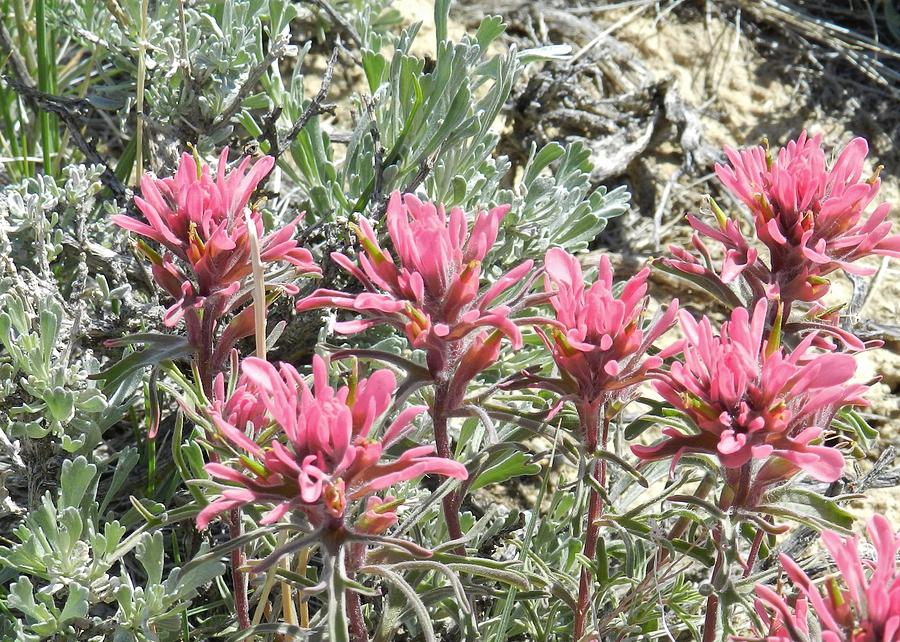


Dalmatian toadflax (Linaria dalmatica), yellow sweetclover (Melilotus officinalis), ox-eye daisy (Leucanthemum vulgare), and other exotics compete unnaturally with native plants. Look for them in disturbed sites such as roadsides where they have little initial competition and frequent redisturbance. Exotic SpeciesĮxotic plants-escaped domestics and “weeds”-can be found in Yellowstone. Indian paintbrush has hairy, upright stems with flowers clustered at the top. Review the list of reported sightings from the current and previous years to see when some wildflowers have been spotted. Bees and other insects collect nectar and pollen. Even the petals of many flowers are eaten by animals. Flower: Flowers are clustered at the top of the plant and at the end of stems arising from leaf axils near the top of the plant, though most plants are unbranched. Wild strawberries are collected by ground squirrels and chipmunks the seeds of most wildflowers are used by birds and insects. The bulbs of spring beauty and glacier lily, for example, are vital spring foods of the grizzly bear. The forest floor of Gunnison National Forest showcases a rather unusual flower on a very wet summer, the yellow Indian paintbrush, Castilleja sulphurea. Remember that many of Yellowstone’s wildflowers are also very important parts of animal diets. In addition, far-reaching events such as fires can cause spectacular blooms of species that thrive on the conditions these events create. Minnesota Wildflowers further describes downy yellow painted cup as follows: Flowers are in a dense, leafy spike along the upper half of the stem. Red ( ), Orange ( ), Yellow ( ), White/Cream ( ). Soon colors splash the slopes, especially on the northern rangeyellow from arrowleaf balsamroot (Balsamorhiza sagittata), white from phlox (Phlox multiflora), reds and oranges from paintbrush (Castilleja), and blue from penstemon (Penstemon montanus) and lupine.

Elevation, relative temperatures, soil types, and precipitation patterns all play a role in what you find blooming in various areas at different times of the year. The plant generally has one to several leafy, simple stems ranging from 4 to 14 inches in height emerging from a woody root crown. Size: 0.5 to 3 feet tall Flower Size: Approximately 1 inch long Flower Shape: Clover Like Color(s).


 0 kommentar(er)
0 kommentar(er)
